1. Squirrel Stew
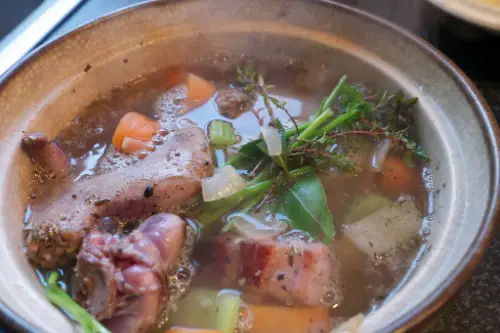
When larger game wasn’t available, pioneers didn’t hesitate to hunt squirrels. These tiny critters were plentiful and provided a decent source of protein. Squirrel stew was often made by simmering the meat with whatever vegetables were available, like wild onions and potatoes. Although it might not seem appetizing today, squirrel meat was a lifeline.
2. Dried Buffalo Tongue
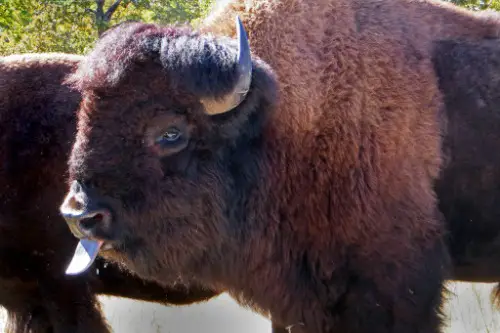
In the Old West, buffalo was a staple for Native Americans and pioneers alike. But it wasn’t just the steaks and roasts that ended up on their plates. Buffalo tongue was considered a delicacy, especially when dried for preservation. The meat was chewy but packed with nutrients. Today, it might be considered a delicacy, but for pioneers, it was a smart, shelf-stable snack.
3. Hardtack Biscuits
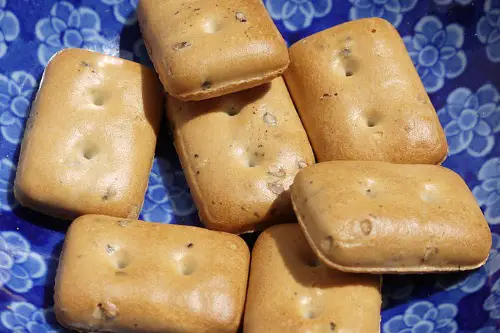
Hardtack is essentially a rock-hard biscuit made from flour and water. With a virtually indefinite shelf life, this “biscuit” was a staple food for soldiers and pioneers alike. They’d soak it in coffee or soup to soften it up before eating because biting into a hardtack was no joke—it could break your teeth if you weren’t careful! But it was calorie-dense and got the job done.
4. Snake Meat
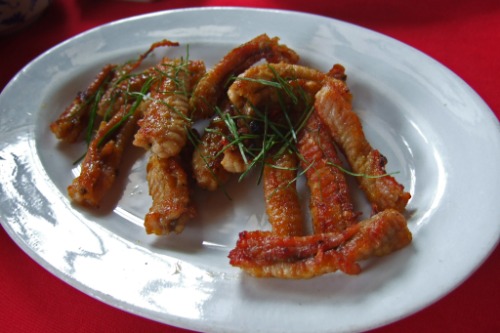
Rattlesnakes posed a danger to settlers, but they also represented a potential meal. Brave souls would catch and cook these snakes, often grilling them over an open fire or making them into a stew. The meat was reportedly similar to chicken, and, for pioneers, it was a high-protein meal worth the risk.
5. Crickets and Grasshoppers
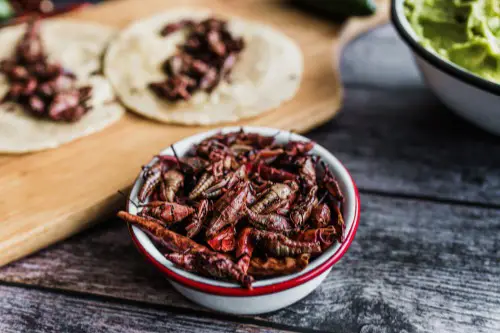
Long before insects became trendy in the modern world, pioneers relied on crickets and grasshoppers for protein. These bugs were abundant, especially in the warm months, and easy to catch. Pioneers would roast them over a fire for a crunchy snack. Despite the “ick” factor, insects were incredibly nutritious and kept hunger at bay.
6. Prairie Dog
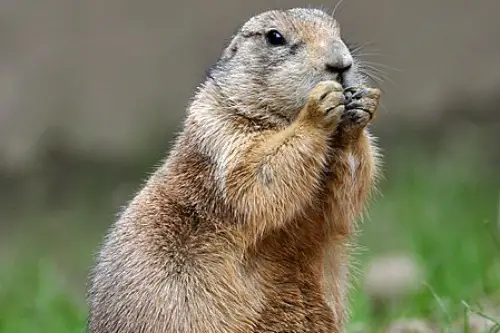
Yes, prairie dogs made it onto the menu when times got tough. Though these little creatures were not much larger than a rabbit, they offered a source of protein for pioneers desperate for sustenance. Prairie dogs were roasted or boiled, often resembling small, gamey rabbits. As squeamish as it sounds, pioneers did what they had to.
7. Acorn Mush
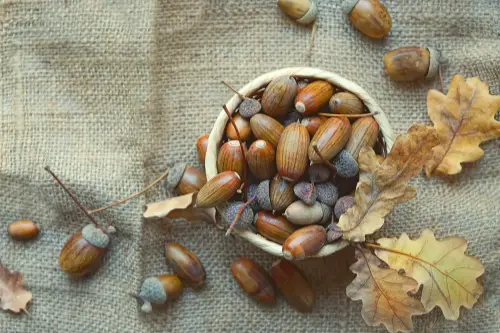
Native Americans taught pioneers how to prepare acorns, which needed to be leached to remove bitterness and toxins. The resulting mush could be eaten alone or mixed with other ingredients to add flavor. Acorn mush was filling and didn’t require much beyond the abundance of oak trees in certain areas.
8. Pemmican

Pemmican was a mix of dried meat, animal fat, and sometimes berries, pounded together into a paste. It might sound strange, but this high-energy, high-fat food provided essential calories that helped pioneers endure long journeys. It also had a long shelf life, so it was a practical choice for those venturing into unknown territory.
9. Bear Fat
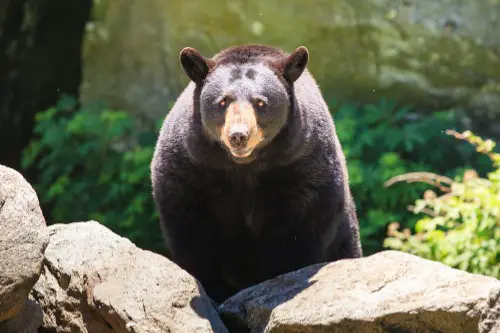
In regions where bears roamed, their fat was a precious resource. Bear fat was rendered and used for cooking, as a butter substitute, and even as a preservative. It provided both energy and flavor for many dishes, especially during colder months when fat intake was essential for survival.
10. Beaver Tail

Beaver was common along riverbanks, and while the meat was edible, pioneers prized its tail most. Beaver tail contains fatty meat under a thick layer of skin, which would be roasted or boiled. Rich and savory, it was a prized food source, especially since fat was a luxury item in the wilderness.
11. Jerky (of Every Possible Kind)

Most of us think of jerky as beef, but pioneers didn’t discriminate. Any meat they could get was turned into jerky, from deer and bison to fish and rabbit. Drying meat was an essential preservation technique, and while it may not have been the tastiest, jerky kept the pioneers alive during long journeys and harsh winters.
12. Dandelion Greens
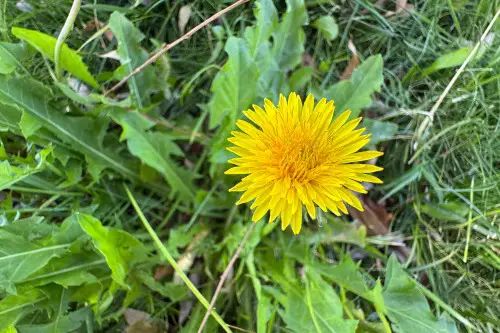
When fresh food was hard to come by, pioneers turned to the greens of the humble dandelion. They’d use the leaves in salads or boil them as a side dish. Not only was it a decent source of nutrients, but dandelions were everywhere, making them an easy, nutritious addition to any meal.
13. Pine Needle Tea

Finding fresh fruit and veggies was a challenge, especially in winter. Pioneers learned from Native Americans that boiling pine needles into tea offered a solid dose of vitamin C, which prevented scurvy. Pine needle tea was a lifesaver for those who couldn’t access fresh produce for months at a time.
14. Coffee Grounds… Reused
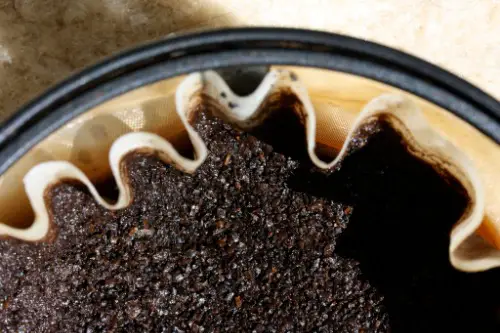
For pioneers, coffee was a rare luxury, and they stretched it as far as possible. They would reuse coffee grounds, sometimes brewing the same batch multiple times to extract every last bit of flavor. The result was a weak, bitter drink, but it provided warmth, comfort, and a small caffeine kick during those cold Western mornings.


